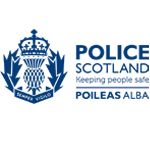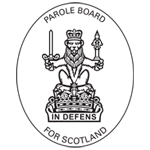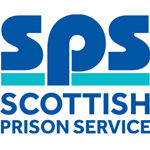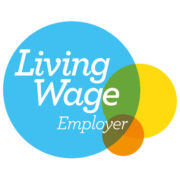Criminal justice process
The criminal justice system can be a confusing and and a little overwhelming for some people affected by crime. We can help guide you through the system and let you know what to expect, starting with explaining the criminal justice process below.
The crime
When a crime is committed, if the victim or witness reports it to the police, the investigating officer will take a statement from the victim/witness and from others who may have information that could be useful to the investigation. The scene of the crime will be referred to as the ‘locus’ by the police.
Deciding whether to take a case to court
The investigation of the crime may take some time, but when enough evidence has been collected, and a suspect identified, a report will be sent to the Crown Office and Procurator Fiscal.
The Procurator Fiscal will decide on action, taking account of the public interest. The case may go to court and will be allocated to a certain level of court, either the High Court, the Sheriff Court or the Justice of the Peace Court, depending on the nature of the crime.

If a case goes to court
Witnesses will receive a citation requesting them to give evidence at court. Citations are issued by the Procurator Fiscal (the lawyer who works for the prosecution) and the defence lawyers (the lawyer who represents the accused person).
There are two types of cases heard at the Sheriff Court – a solemn case is with a jury and a summary case is without a jury.
If the case goes to the Sheriff Court, the Procurator Fiscal will present the evidence for the prosecution and the defence solicitor or ‘defence agent’ will present evidence in support of the accused.
If the case goes to the High court, the case will be heard before a judge and jury. The prosecution evidence will be led by the advocate depute and the defence evidence by a defence solicitor.
Witnesses who are called to give evidence in either court will be asked to stand in the witness box and will be questioned by both parties to establish the evidence.
Sentencing
At the end of the case, the accused will be found to be guilty, not guilty, or the case found to be not proven (there wasn’t enough evidence to prove the case ‘beyond reasonable doubt’). The Sheriff /Judge will then pass sentence (sometimes pending social work reports) or release the accused.
Find out more
We recommend checking out this interactive map from Community Justice Scotland which shows the range of possible journeys from a crime to completing a sentence, with key information and statistics about each step.
Justice System MapOr have a look at this quick diagram which provides an overview of Scotland’s Criminal Justice System.
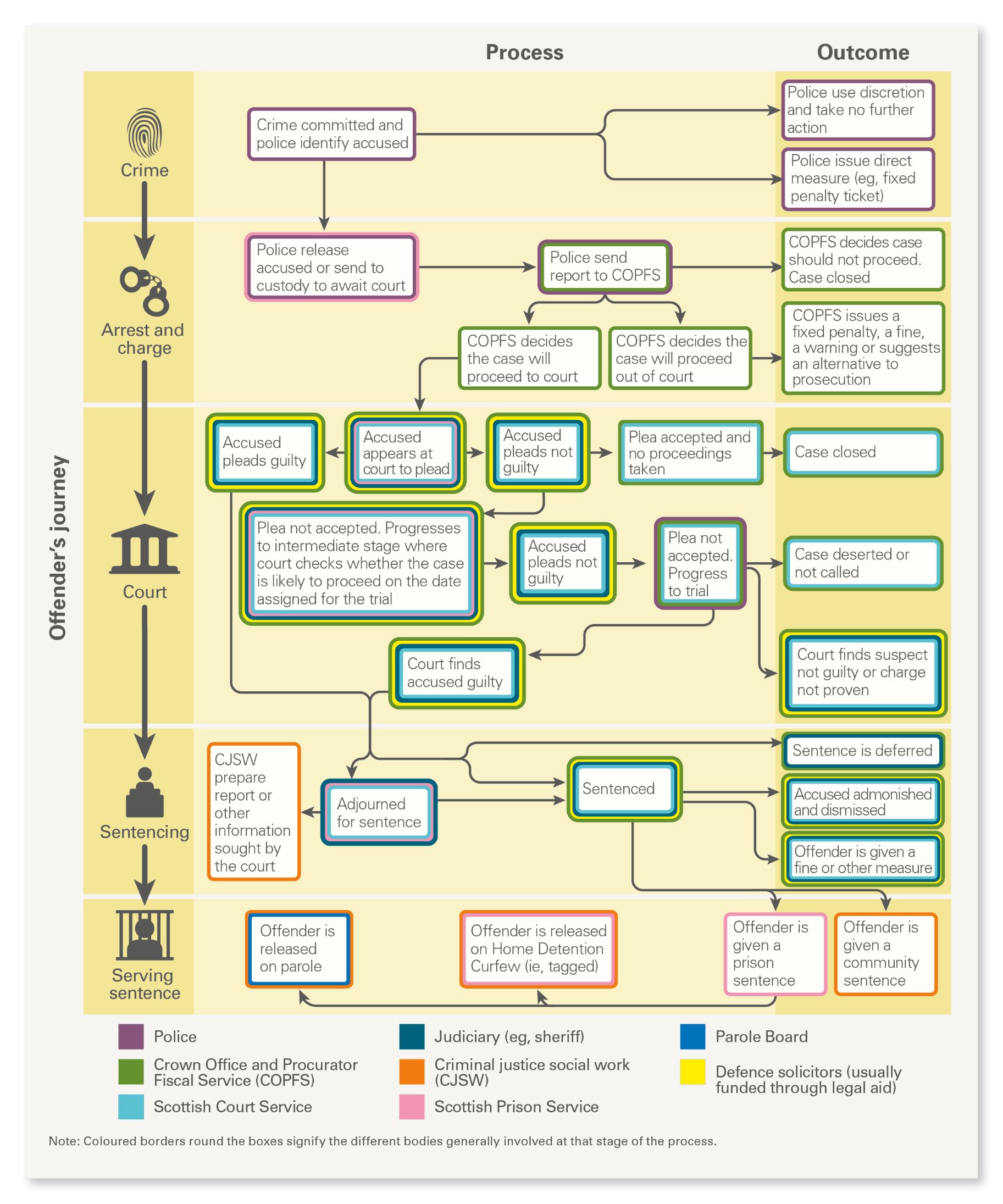
Whoever you are and whatever the crime, we’re here to help
-
Call our free helpline | Mon-Fri, 8am-8pm
0800 160 1985 -
Help near you
Enter town or postcode:
-
Request support
Complete our form



